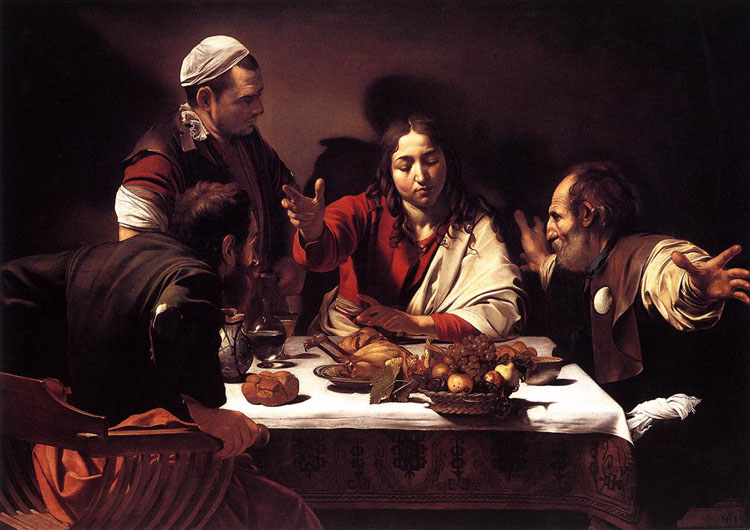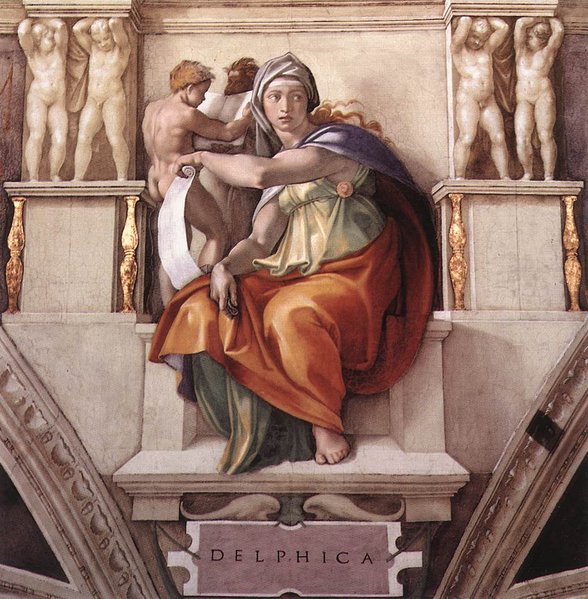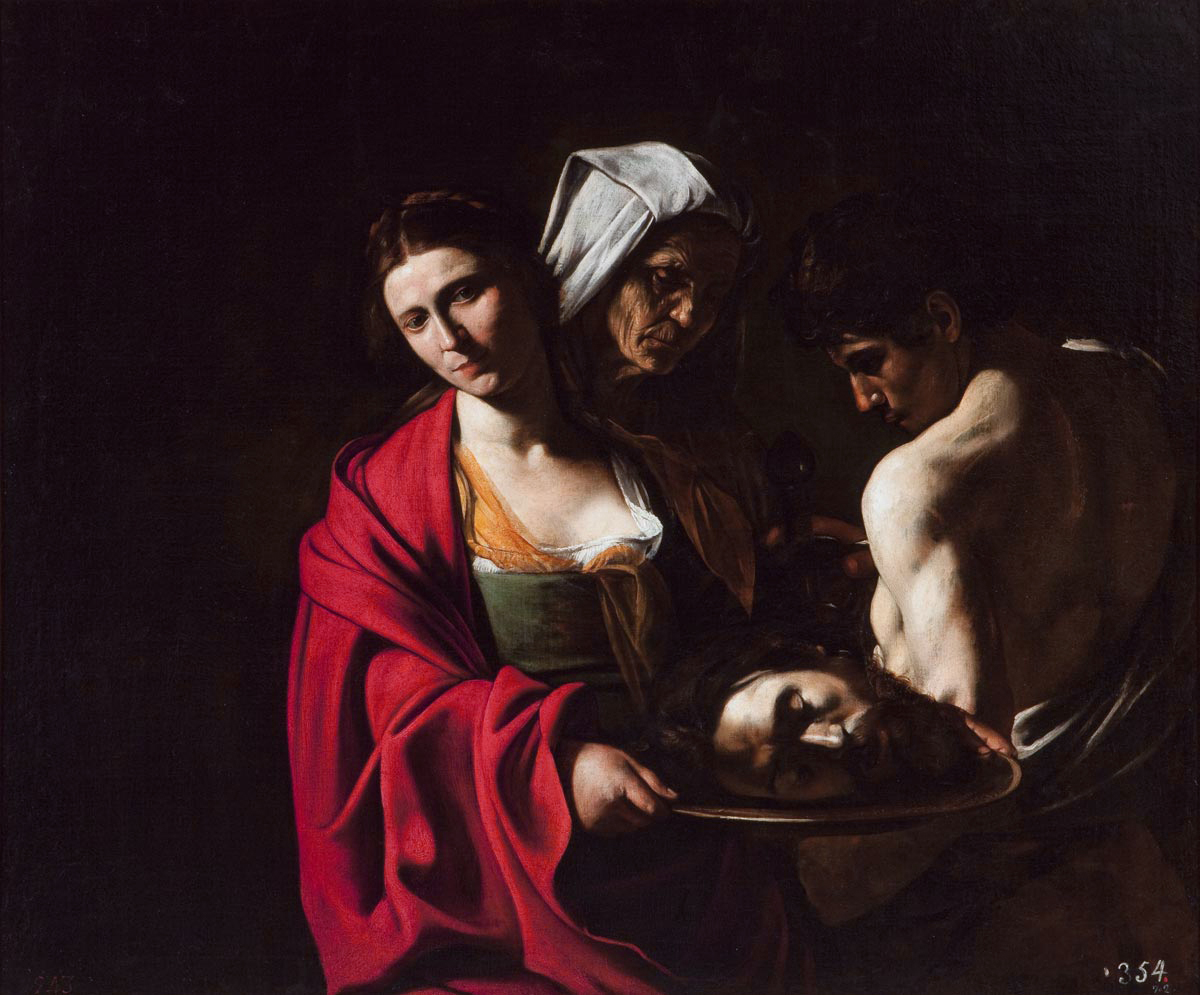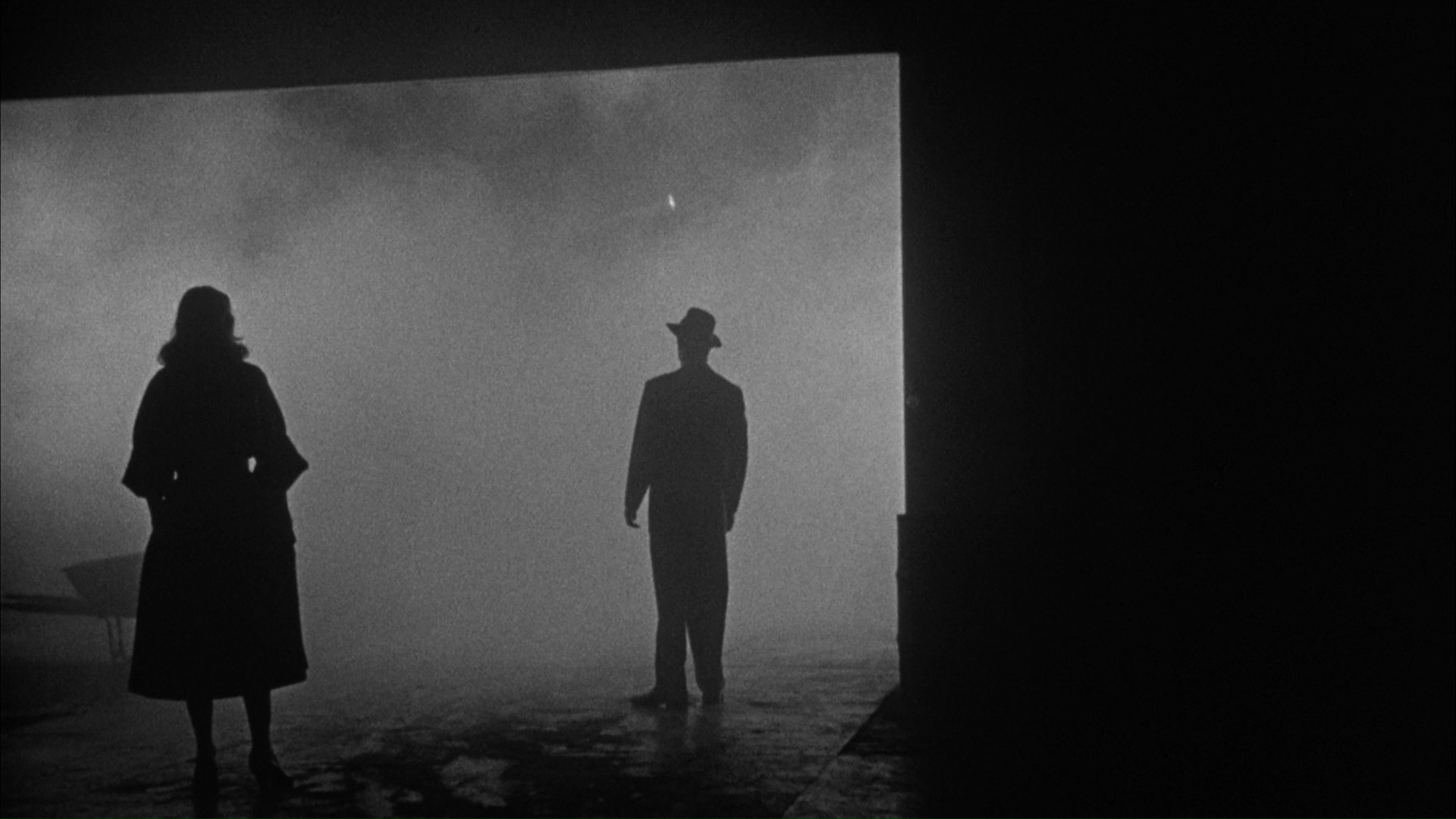Still from 'Nosferatu' - FW Murnau 1922
The shadow of Nosferatu is one of the most terrifying scenes of the silent movie released in 1922. The movie 'Nosferatu' is based on the novel of Bram Stoker's Dracula, but some of the details are changed: Dracula becomes Nosferatu, Count Dracula - Count Orlok, and the finality of the story is changed.
Why do we associate the shadows and the dark with superstition and evil? It be be a purely primal reaction - when the sun goes down you can't see what is out there and your imagination takes over.
"The most transitory of things, a shadow, the proverbial emblem of all that is fleeting and momentary, may be fettered by spells of our 'natural magic', and may be fixed for ever in the position which it seemed only destined for a single instant to occupy."
Andy Warhol 'Shadows' 1978-79
Shadows by their very nature are fleeting and have long been employed metaphorically in both painting and literature to symbolize the transience of life.
In the mid-1970s, shadows increasingly began to haunt Andy Warhol. In the Still Life drawing series of 1975 and the Hammer and Sickle series of 1977 (also titled Still Life), they assume an idiosyncratic, almost independent existence as compositional elements; in the Skulls of 1976, they become more expressive and fanciful in character. Finally, in 1978–79, in a brief but concentrated foray, Warhol confronted shadows as a subject in their own right. The result was an exceptional series of paintings, notably one vast environmental work in 102 parts, together with sundry others in different formats and with different motifs.
Jaromir Funke 'Abstract photo' 1928-29
Jaromír Funke (1896–1945) was one of the foremost photographers of the 1920s and 1930s in Czechoslovakia, a country that stood at the forefront of creative photography during these two decades. In many ways he was an amateur in the true sense of the word.
Samuel Van Hoogstraten, 'The Shadow Dance', 1675
Christian Boltanski
Christian Boltanski's work often seem to refer to religious spaces - for example chapels and alters. He will often use electric lights and also candles to illuminate images and project shadows.
Rafael Lozano-Hemmer’s Body Movies, 2001. Schouwburgplein, Rotterdam.
People play with their giant shadows. In addition their shadows reveal photographs of people in similar public places in different parts of the world.
Tim Noble & Sue Webster, 'Dirty White Trash (With Gulls)', 1998
Tim Noble and Sue Webster
Tim Noble and Sue Webster create beautiful shadow images out of sculpture assembled from rubbish and other, initially repulsive, materials. They take objects that the viewer would usually ignore or avoid and create intricate images that need to be looked at. The images often depicts realistic self portraits of the pair.
One of Lowe's poster ads for the John Lewis Christmas campaign, shot by Nadav Kander
In a Christmas advertising campaign for John Lewis the advertising agency created a series of adverts that used products instead of rubbish. It is a good example of where art is filtered down into the everyday world. It also shows the sleek quality of modern art - people like to get it in an instant like an advert (for more information read 'The ever-blurring line between art and advertising').
Kara Walker 'Camp Town Ladies'
Kara Walker - 'Untitled'
Kara Walker installing one of her large scale wall silhouettes
The silhouette was popular in the 19th and 18th century as 'women’s art' and is the medium used by Kara Walker to give a jolt of graphic recognition to a subject matter which would often be too gruesome to tell in any other format. By distilling the images to stark black and white, mostly in silhouette, Walker lulls her viewers into the murky waters of the history of African-Americans. Initially the images seem tame but on closer inspection a shocking narrative unfolds.
Caravaggio 'The Supper at Emmaus' 1596/98
Along with Time (see Shutter Speeds), Light is a key element of Photography. Natural light, artificial light, diffused light, early morning light, harsh light, soft light - it can give the same scene a dramatically different feel.
This painting above is an example of Chiaroscuro (literally meaning Light/Dark) and shows a strong contrast between the light areas and the shadows. It is by the artist Caravaggio whose work is characterized by this technique. His aggressively realistic and dramatically lit paintings swept away the remains of the late renaissance Mannerist style and ushered in the dynamic and confident age of Italian Baroque painting. The drama and violence of his personal life matched that of the paintings; after several minor offenses, he committed a murder which forced him to flee Rome and spend the rest of his short life as a fugitive, in effect producing his last works on the run. So after his early fame he became a near outcast.
'The Delphic Sibyl' detail from the Sistine Chapel ceiling, 1508-12 Michelangelo
This is a detail from Michelangelo's Sistine Chapel ceiling - painted almost a century before Caravaggio. The form, colours and perspective are beautifully achieved and we can see every inch of the figure. The separate boundaries between the figures are so clear you could almost peel the figures of the wall like a sticker.
'Salome with the Head of John the Baptist' Caravaggio
In a Caravaggio the figures disappear into the darkness and there is no background to speak of. Faces and hands are highlighted while other sections are cast into shadow. Seen in reality the black has a physical presence and is rich black pigment applied to the canvas.
Caravaggio 'Madonna di Loreto' 1603-06
Caravaggio was famous for his depiction of realistic looking people, as in the "Madonna of Loreto" (1604), where the subjects have dirty feet facing towards the viewer. He main themes were religious but he controversially used people from the street, male and female, as models in his paintings. Even today his work seems 'Modern' as there is a contemporary feel to his work.
Still from 'Mean Streets' by Martin Scorsese 1973
Black and White publicity still for 'Taxi Driver' Scorsese 1976
The film director Martin Scorsese has said he considers Caravaggio a major influence (see interview here). Scorsese's own use of dramatic lighting, gritty characters and seedy story lines have certain parallels with Caravaggio's technique and life story. Caravaggio has influenced generations of artists, film makers and photographers.
'The Big Combo' 1955
Two stark silhouetted figures emerge from a foggy backdrop. There is a moody, almost seedy, feel to this image. Crooks, Private detectives, chancers, femme fatales - these are the characters that inhabit the world of Film Noir (literally French for Black Film). The stories are based on 'Hard Boiled' crime fiction of the 1930's - written during the American depression.
Cover of 'Black Mask' magazine Sept 1943 - an example of Hard Boiled literature
Still From Otto Preminger's 'Fallen Angel' (1945)
The look of Film Noir is low key black and white photography, shadows, silhouettes, unconventional compositions and strong angles. In this still from 'Fallen Angel' - we can see how the image is broken up into the rule of thirds. One figure is hiding to the left of the frame and his form is repeated by the strong shadow he casts. The left hand and center third are used to frame the doorway which frames two figures unaware of the spying character. The strong black and white, combined withe the vertical and horizontal lines of the building, adds to the stylistic nature of the scene.
Scene from 'The Killers' Robert Siodmak (1946)
The films were made during the 1940's and 50's and the early films coincided with the outbreak of world war II. This is important in two ways. Firstly the simple lighting was created with a hand full of lights partly due to the minimum studio budgets. A single light creates strong shadows and bright highlights - so the look is partly intentional and partly out of necessity.
Film noir's aesthetics are deeply influenced by German Expressionism, an artistic movement of the 1910s and 1920s that involved theater, photography, painting, sculpture, and architecture, as well as cinema.The rise of Hitler in the 1930's meant many key German film makers (Billy Wilder, Fritz Lang and Robert Siodmak) emigrated to America, and in turn, influence American Cinema. The darkness that Nazism brought to Europe is the same darkness that cloaks the characters of film noir.

























